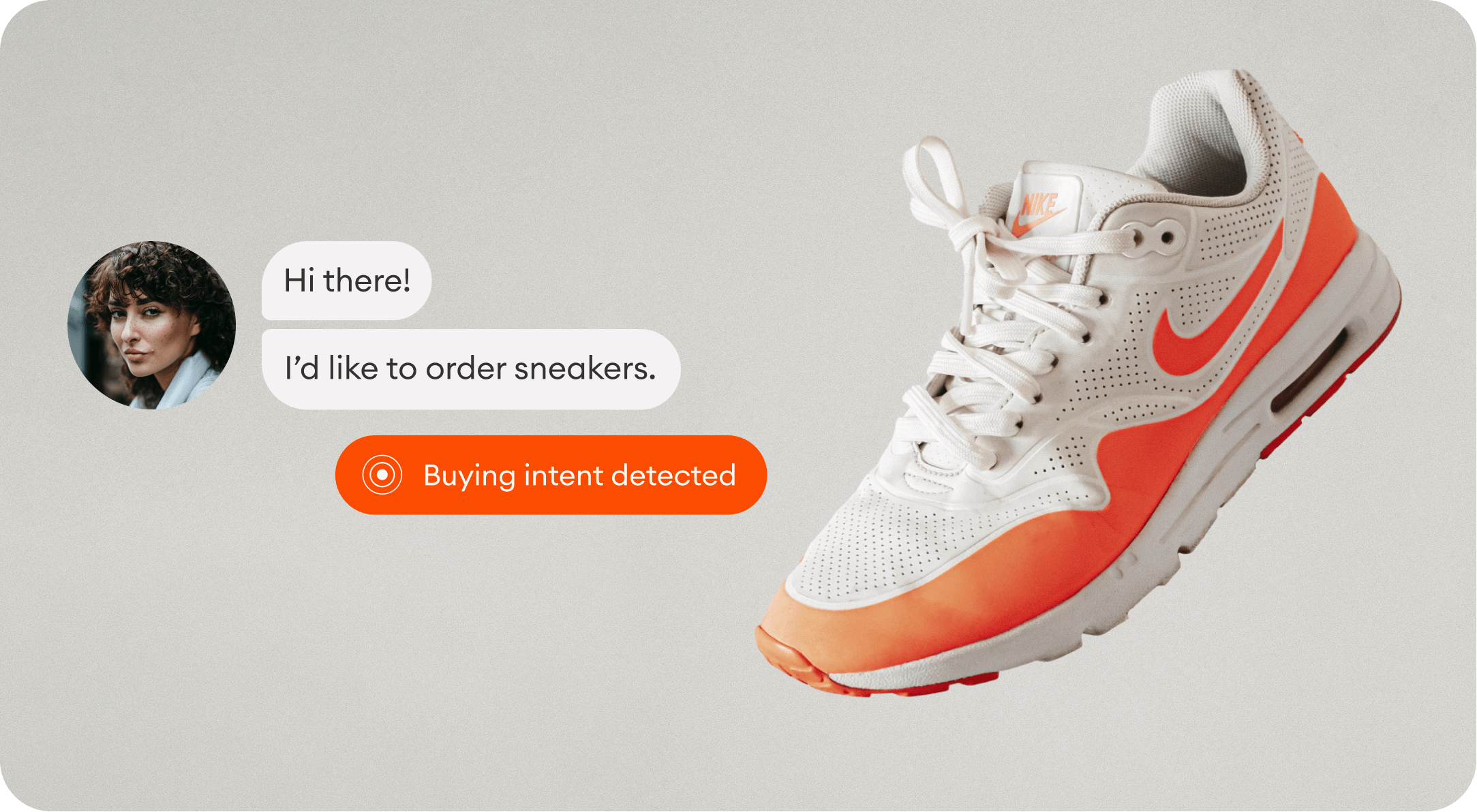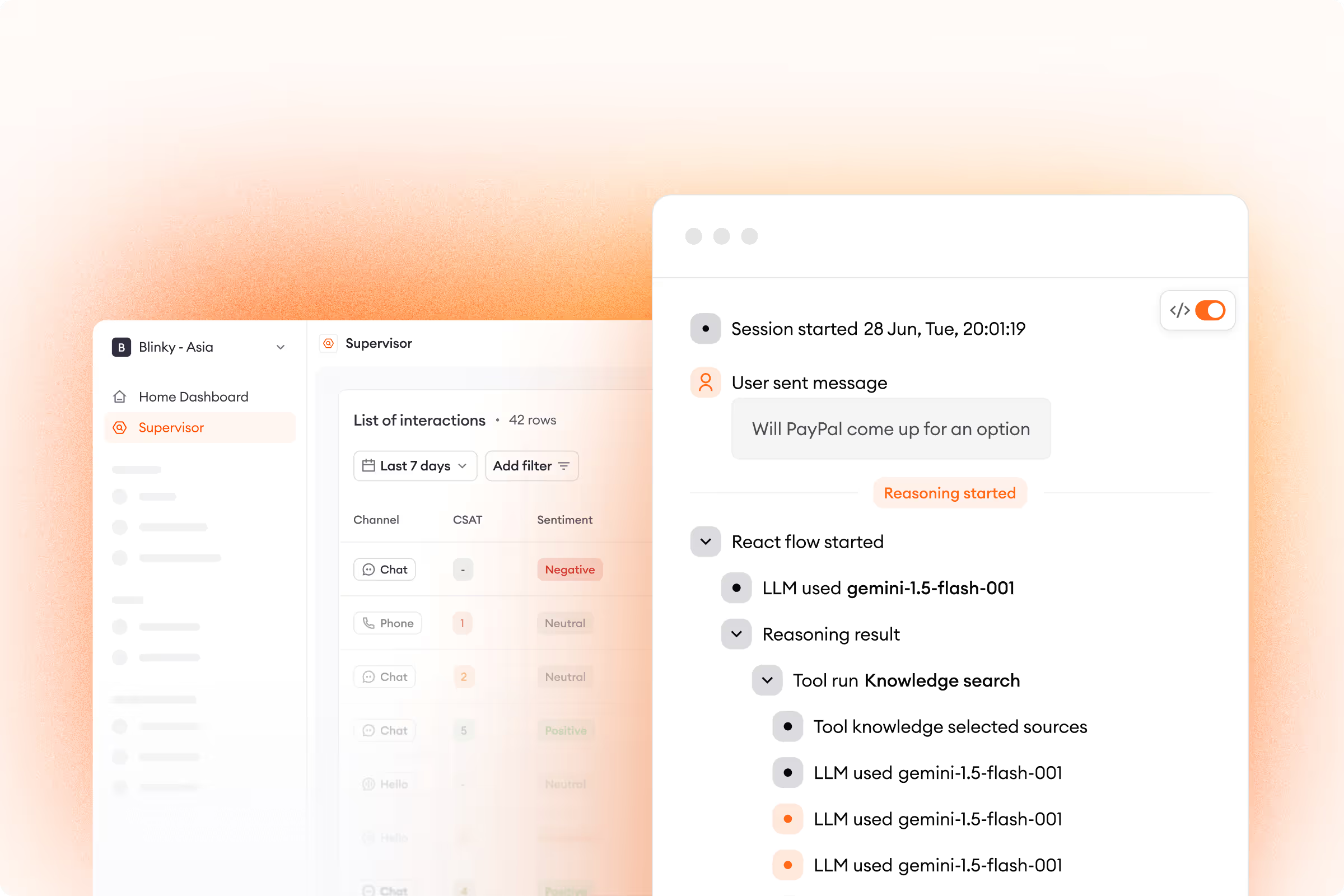Customer support is often the unsung hero of any organization. Repeatedly tasked with handling a company’s most delicate situations, every interaction shapes how shoppers perceive a brand.
While companies understand this, conveying customer support’s value to management can still be a challenge.
That’s why many forward-thinking teams are redefining their roles. They understand that every customer interaction is an opportunity to sell, and that support is uniquely equipped to cater to shoppers’ needs.
As brand ambassadors, support teams are the only ones who know the customers inside and out—they interact with them every day. Customer support’s impact on retention, referrals, and loyalty is well documented, and now teams are using that expertise to maximize conversions.
Doing so has helped CS departments further cement their value within an organization, delivering measurable results, along with key customer insights.
For those interested in joining these leaders, here are four ways customer support teams can drive revenue right now.
4 simple ways your customer support team can drive revenue
1. Be proactive

Today’s leading customer service platforms are advanced enough to track a visitor’s entire journey on your website. If you notice a shopper struggling with anything, why wait for them to contact you? Instead, proactively reach out to them, offering support and expertise at the most critical buying moments.
Are they viewing several similar products, struggling to choose which is best? Put them in touch with a product expert.
Are they stuck on your payment page, worrying about shipping costs or credit card information? Set them up with an order specialist so they get last-minute reassurance.
Customers may be hesitant to take the first step and ask a question. Don’t let them get stuck. Do the hard part for them to make shopping swift and convenient.
Think you have too many tickets to be proactive? Start automating your chats with Zowie to free your team up. Book a demo now.
2. Detect buying intent

AI does more than just automate chats and agent interactions. It can detect how likely someone is to make a purchase, and even learn how to recommend personalized products based on their online behavior.
Is a customer asking several detailed questions about a specific product? Have they spent a long time viewing this product’s page?
If so, a robust customer service platform would detect a high buying intent and notify an agent in real-time. Agents immediately see the chats with the highest chance for conversion and can devote more time and resources to them.
Buying intent detection removes the guesswork and helps agents hone in on shoppers near the finish line of the customer journey. It also serves as a vital lifeline for any agents who may feel uneasy about taking on a sales role. Your agents don’t have to chat with cold contacts. Their work is simplified, and they only interact with the most engaged prospects.
3. Make it personal

Agents shouldn’t blindly enter customer conversations without knowing who they’re talking to. The more you learn about each individual shopper, the more you’ll be able to personalize your customer experience.
But how can agents achieve a high level of personalization?
With the right customer service platform, you have the ability to compile all valuable shopper data in one place, giving your agents the proper context to tailor responses that address each visitor’s particular needs.
For instance, chat automation software can pull key data points from countless customer chats. When it’s time for agents to step in, they already have everything they need to make a real connection.
We designed Zowie Grow with this personal touch in mind. Agents have info like a customer’s name, current mood, location, and buying preferences at their fingertips. Armed with these insights, they can jump into authentic conversations with shoppers, offer exclusive benefits, and make the most suitable product recommendations.
If you see you’re chatting with a female from New York in the heart of winter, you’ll know to propose women’s snow boots over men’s flip-flops as that’s more likely to lead to a sale, even if the latter is your best-selling product.
Thanks to this complete customer overview, you can send customers suggestions customized to fit their needs, maximizing your chances of closing each purchase.
4. Learn from the results

To showcase your support team’s revenue-generating potential, you need a way to track agent success. Implementing a revenue dashboard is an effective and transparent method to show agents, managers, and decision-makers across departments just how effective your support team is at closing sales.
Furthermore, with the right customer support software, you also gain insight into which proactive chats are actually converting. This too can be brought to leadership and used to create better-informed strategies that’ll improve the overall customer experience.
With full buy-in from management, you’ll be able to build a culture that celebrates success and encourages agents to close more sales.
All of this provides your organization with immense value, making the team indispensable to the business as a whole.
See support-driven sales in practice
Customer support teams can be revenue centers—they just need the right tools to get there.
Platforms like Zowie Grow handle the above steps out-of-the-box, helping ecommerce brands convert support to sales in no time. They let support teams maximize their ROI by simultaneously boosting sales, cutting costs, and delighting customers.
Want to see how Zowie Grow enables brands to turn every interaction into a selling opportunity?
Continue the conversation with Zowie's on-demand webinar in which our CPTO Maciek Ciolek and Head of Customer Success Adam Fishman discuss unlocking your customer support team’s revenue generating potential.
Watch 3 Ways to Unlock Customer Support’s Revenue Generating Potential on-demand
.avif)







